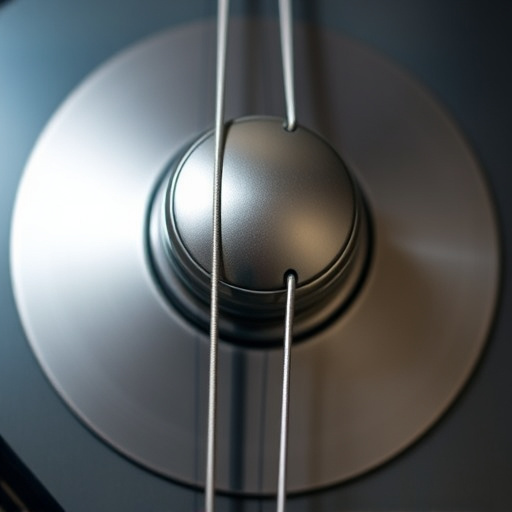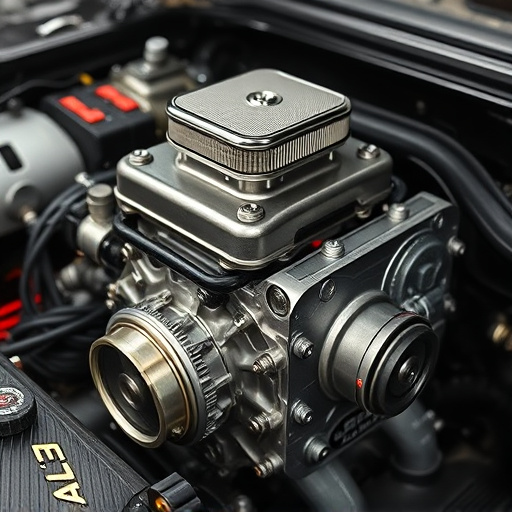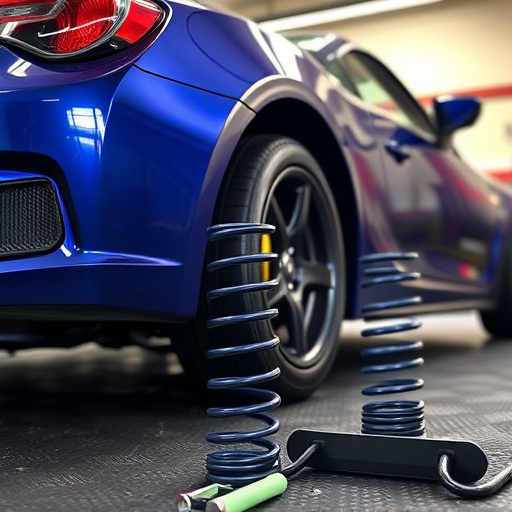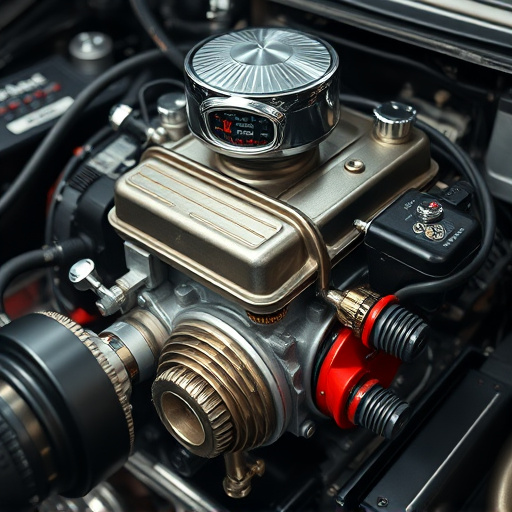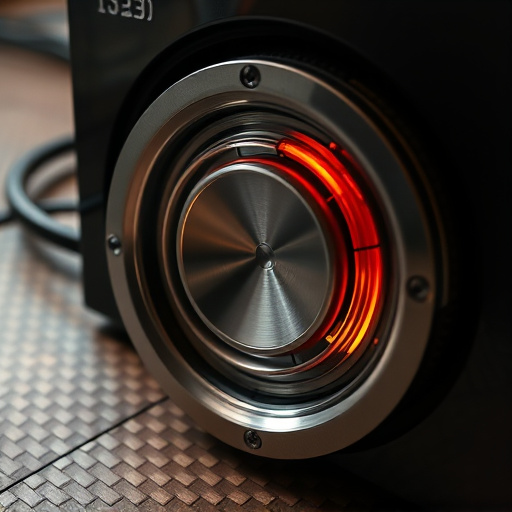The adjustable suspension system offers car enthusiasts unparalleled customization for their vehicles, allowing precise tuning of camber, caster, and ride height. This enhances performance by improving handling dynamics, especially on tracks or off-road, but requires careful setup and tuning to avoid negative impacts on ride quality and durability. Experts recommend understanding individual driving styles and intended use before making adjustments, aiming for a balance between performance and safety without modifying exhaust systems.
“Unleash your vehicle’s potential with an upgrade to an adjustable suspension system. This cutting-edge technology is transforming the driving experience, offering both enhanced performance and comfort. In this comprehensive guide, we explore the ins and outs of the adjustable suspension system, its benefits, and how it can revolutionize your drive.
Learn from suspension experts who share their insights on the advantages, potential drawbacks, and crucial considerations when adopting this innovative feature. Discover expert tips to ensure you make informed choices for a smoother, more tailored ride.”
- Understanding the Adjustable Suspension System: Benefits and Basics
- Expert Insights: Advantages and Potential Drawbacks of Going Adjustable
- Choosing the Right Adjustment: Tips from Suspension Experts
Understanding the Adjustable Suspension System: Benefits and Basics
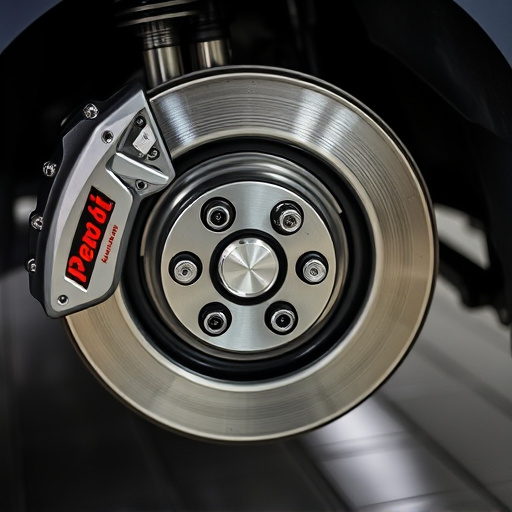
The adjustable suspension system is a game-changer for vehicle enthusiasts looking to enhance their driving experience. Unlike fixed suspensions, these systems offer the ability to fine-tune and customize the vehicle’s handling characteristics. By adjusting various components, such as camber, caster, and ride height, drivers can tailor their vehicle’s performance to suit their preferred driving style and track conditions. This level of customization is particularly appealing to those involved in high-performance driving or racing, as it allows for precise tuning that optimizes both grip and stability.
One of the key advantages of an adjustable suspension system is its impact on vehicle performance. By adjusting the alignment and geometry of the suspension, drivers can improve cornering precision, reduce body roll, and enhance overall stability. Moreover, these systems often incorporate high-performance parts like adjustable brake rotors, which not only contribute to better braking power but also work in harmony with the suspension adjustments for a more responsive and controlled driving experience.
Expert Insights: Advantages and Potential Drawbacks of Going Adjustable
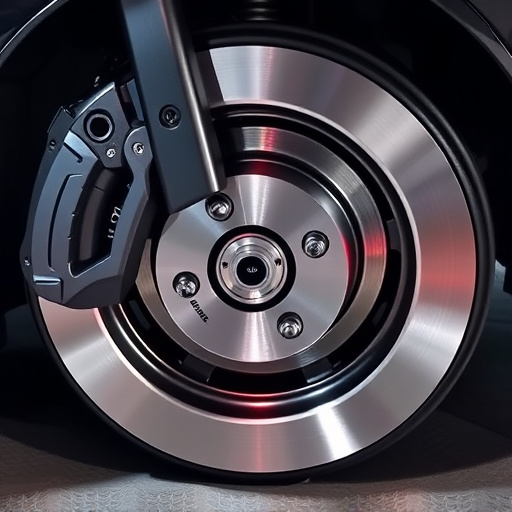
The decision to adopt an adjustable suspension system is a topic of interest for many car enthusiasts and modificators. Suspension experts highlight several advantages to this approach. Firstly, adjustable suspensions offer enhanced performance potential, allowing drivers to fine-tune their vehicles for various driving conditions and preferences. This customization can significantly improve handling dynamics, especially in tracks or off-road settings, where precision adjustments can make a noticeable difference.
However, there are potential drawbacks to consider. While adjustable suspension kits and components like exhaust tips and intake pieces provide versatility, they may also introduce complexity. These systems require more time for setup and tuning, and incorrect adjustments can impact ride quality and durability. As such, experts suggest that understanding the nuances of these systems is crucial, especially for those who plan to frequently modify their vehicles’ settings.
Choosing the Right Adjustment: Tips from Suspension Experts
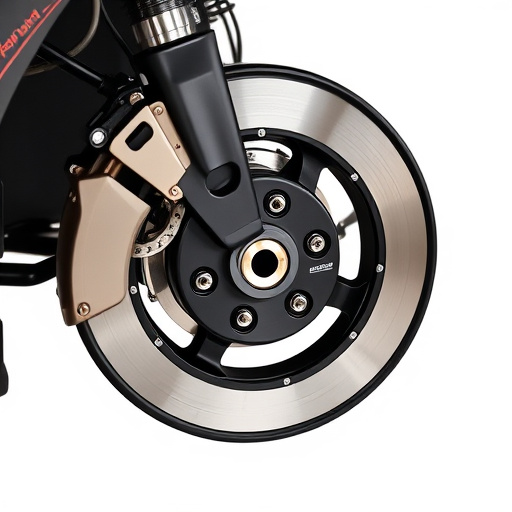
Choosing the right adjustment for your vehicle’s adjustable suspension system is a crucial step in optimizing both performance and comfort. Suspension experts recommend starting with understanding your driving style and intended use. For example, if you’re an off-road enthusiast, adjustments that prioritize shock absorption and stability will be essential. Conversely, track day enthusiasts might favor a firmer setup for better handling.
Once you have a clear idea of your needs, focus on fine-tuning suspension components like shocks and springs. These play a significant role in how your vehicle responds to inputs. Adjusting these parts can enhance cornering capabilities, improve ride quality, and even tweak the overall handling character of your vehicle—all without modifying intake or exhaust mufflers. Remember, the key is balance: finding the perfect setting that accommodates both your driving style and safety considerations.
The transition to an adjustable suspension system offers a world of benefits, including enhanced performance, improved comfort, and customizable handling. However, as with any upgrade, there are potential drawbacks to consider. Expert advice emphasizes the importance of careful selection and adjustment to ensure safety and optimal results. By understanding the basics and following tailored tips, vehicle owners can make informed decisions, maximizing the advantages of an adjustable suspension system for a smoother, more personalized driving experience.








